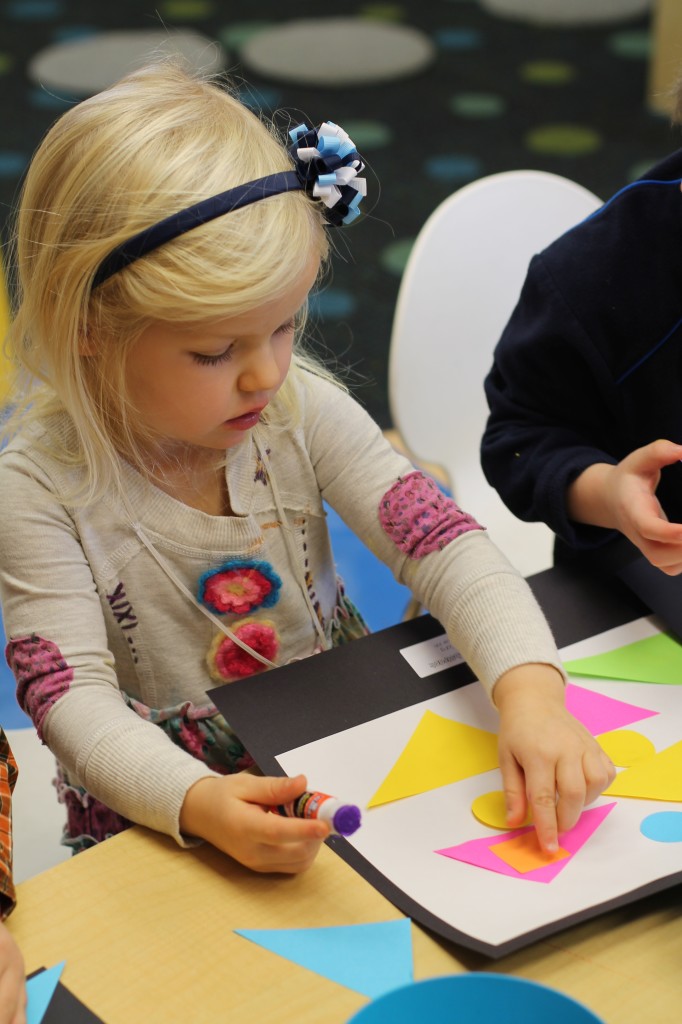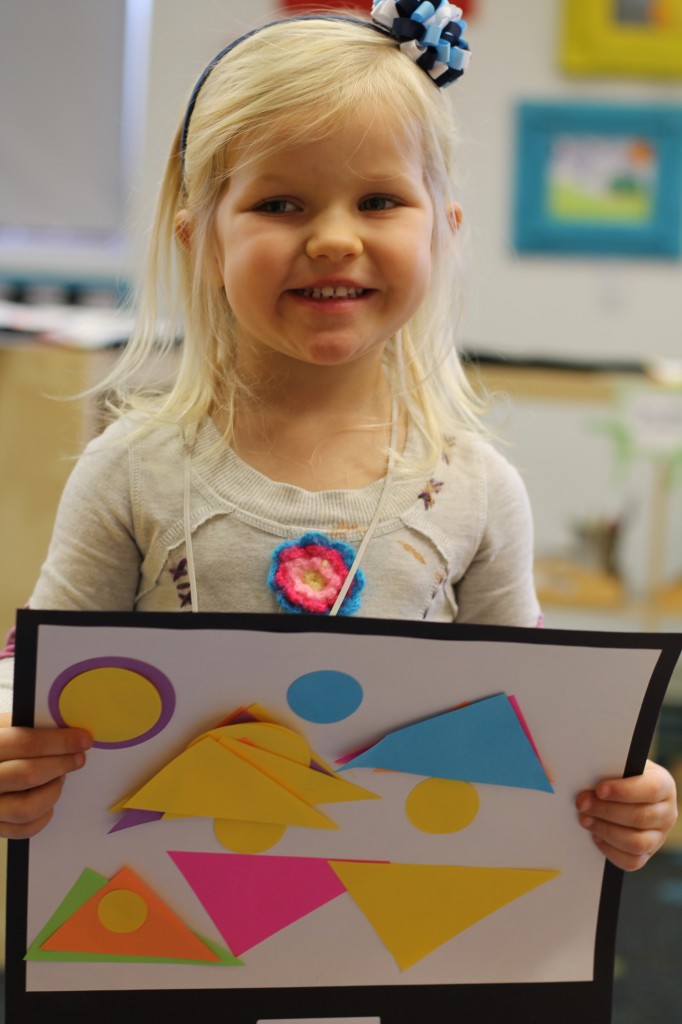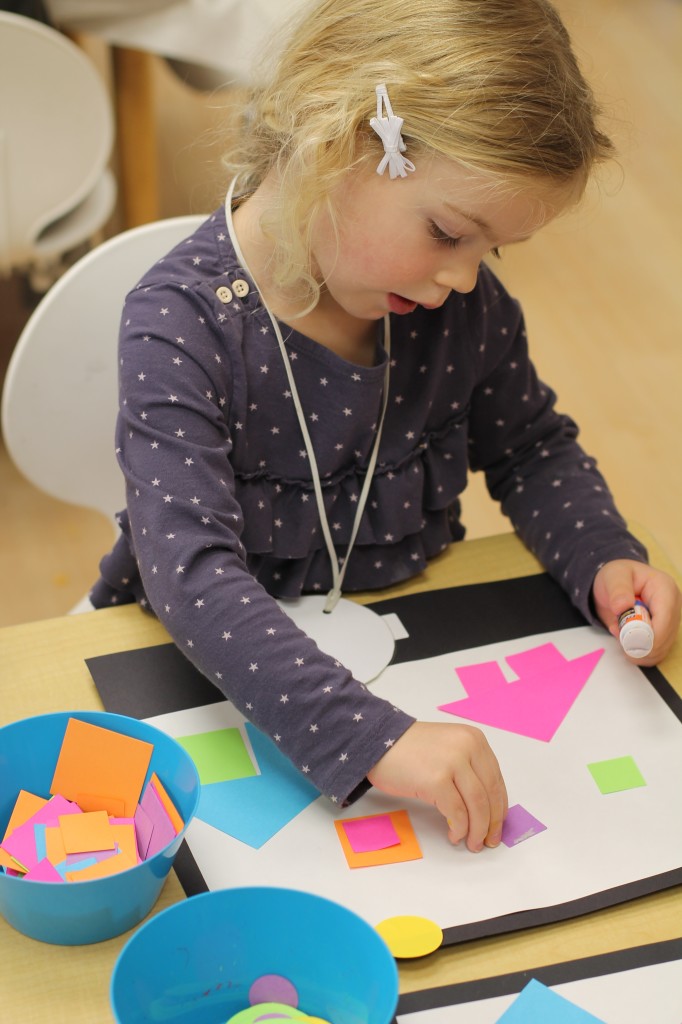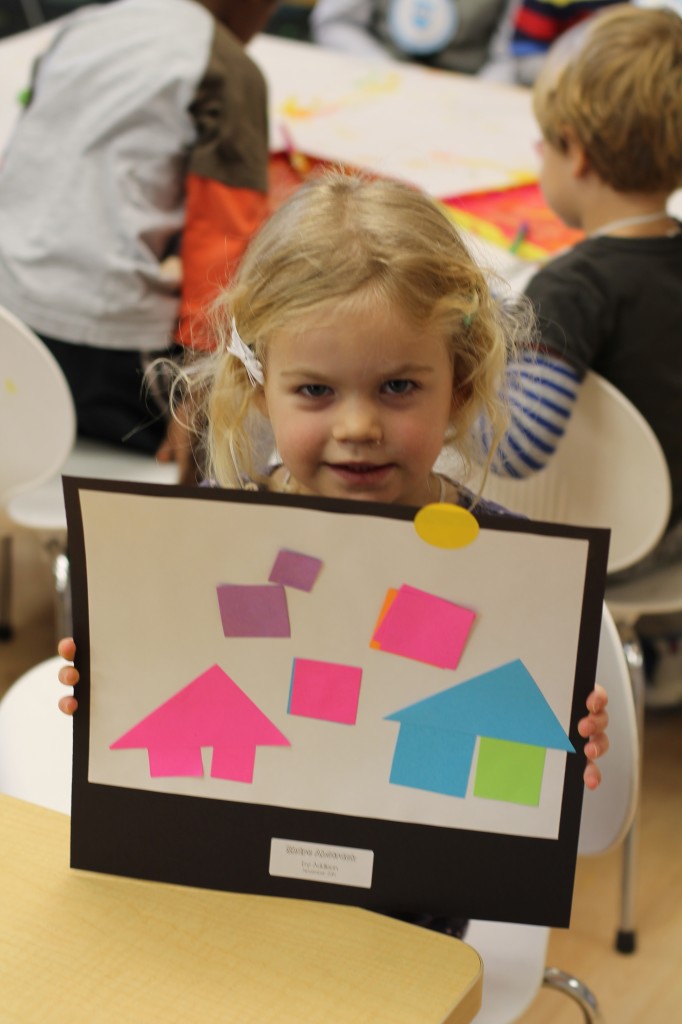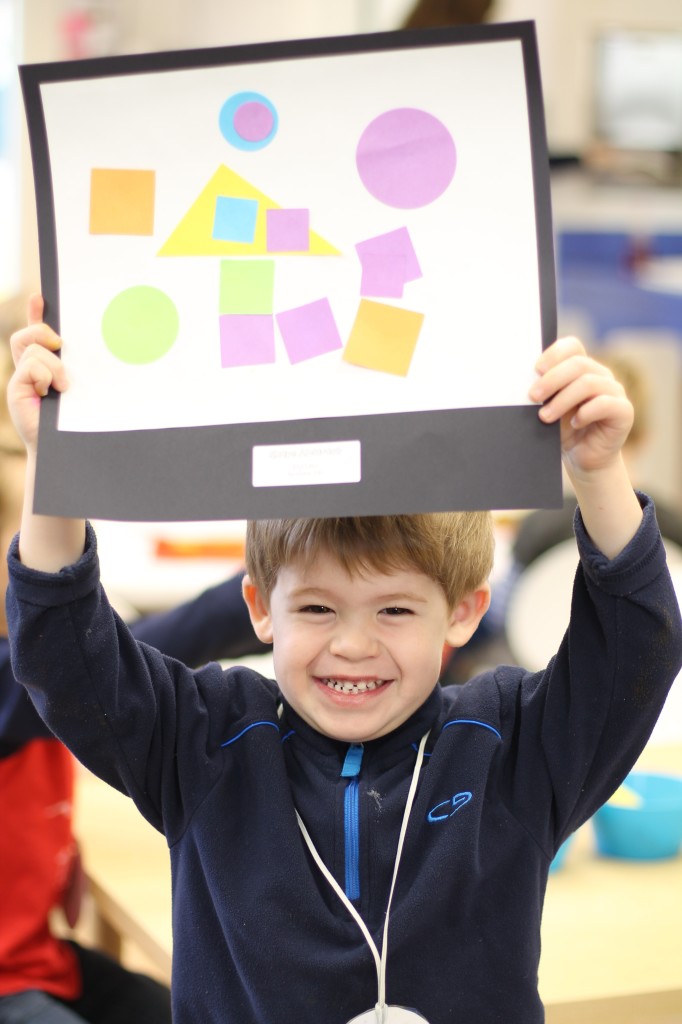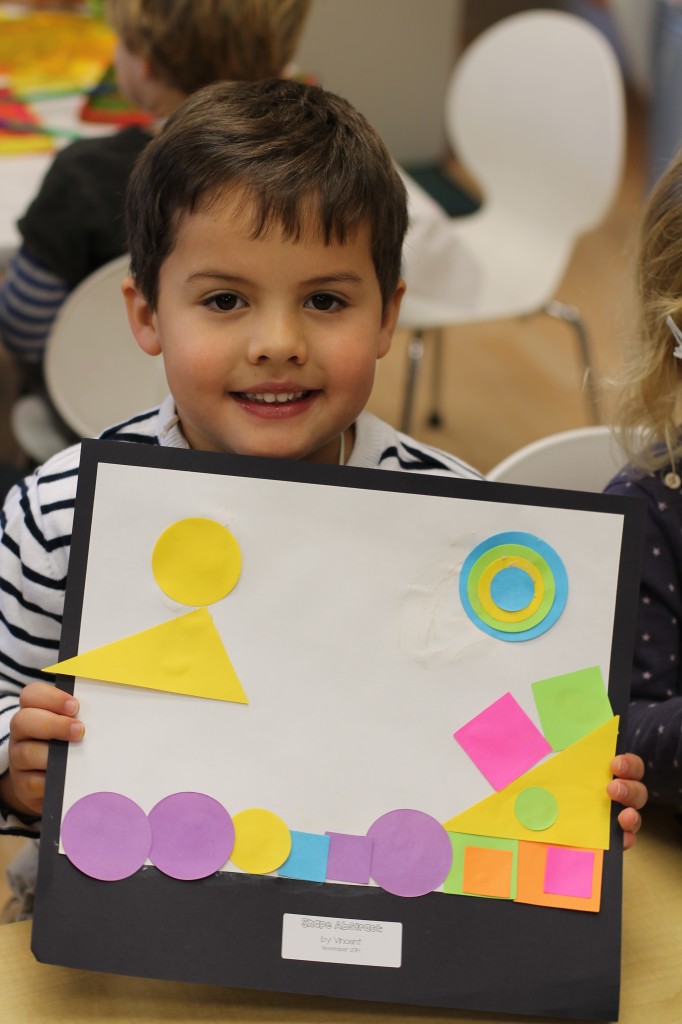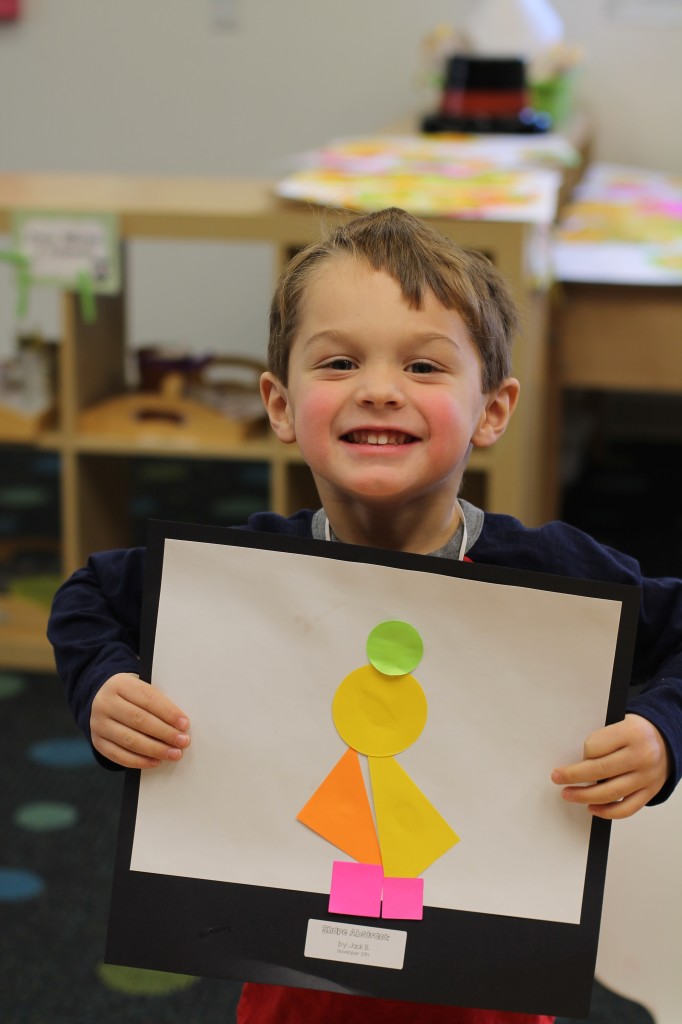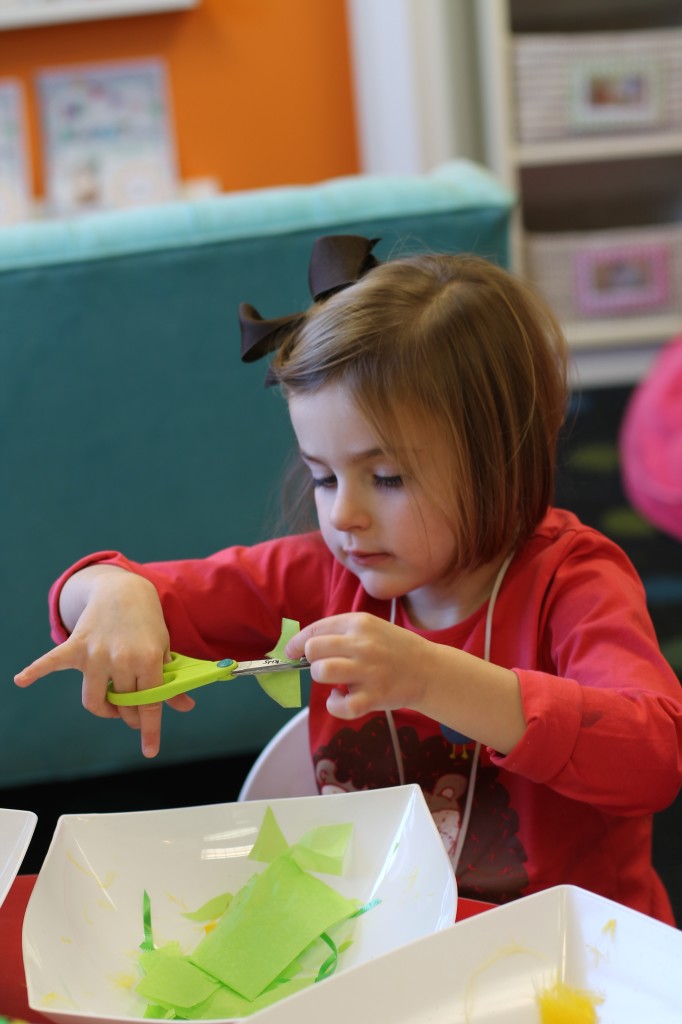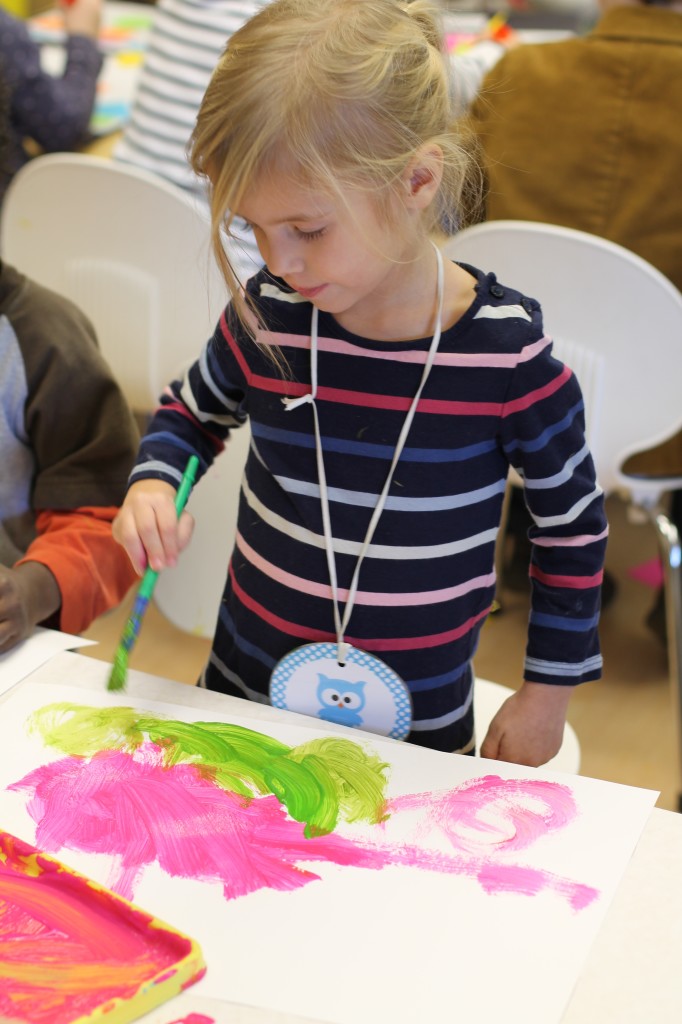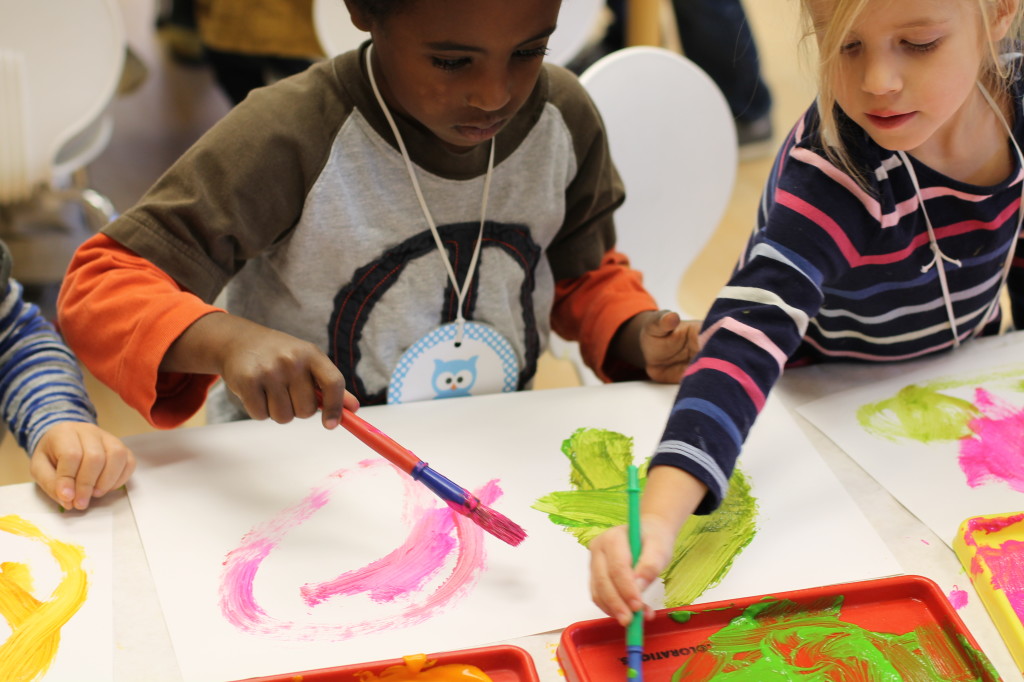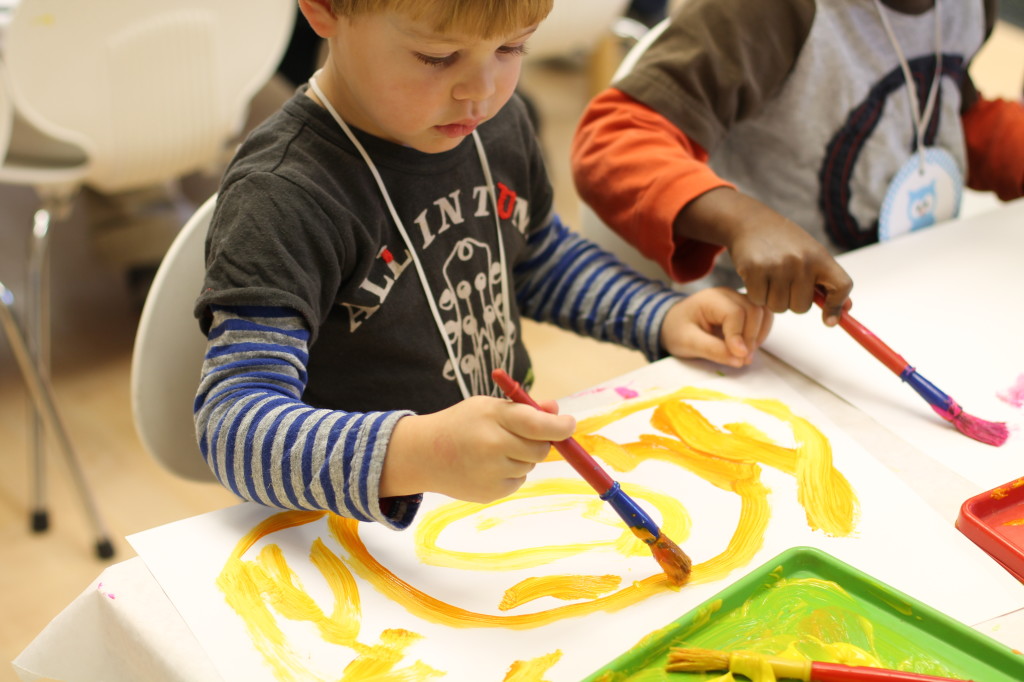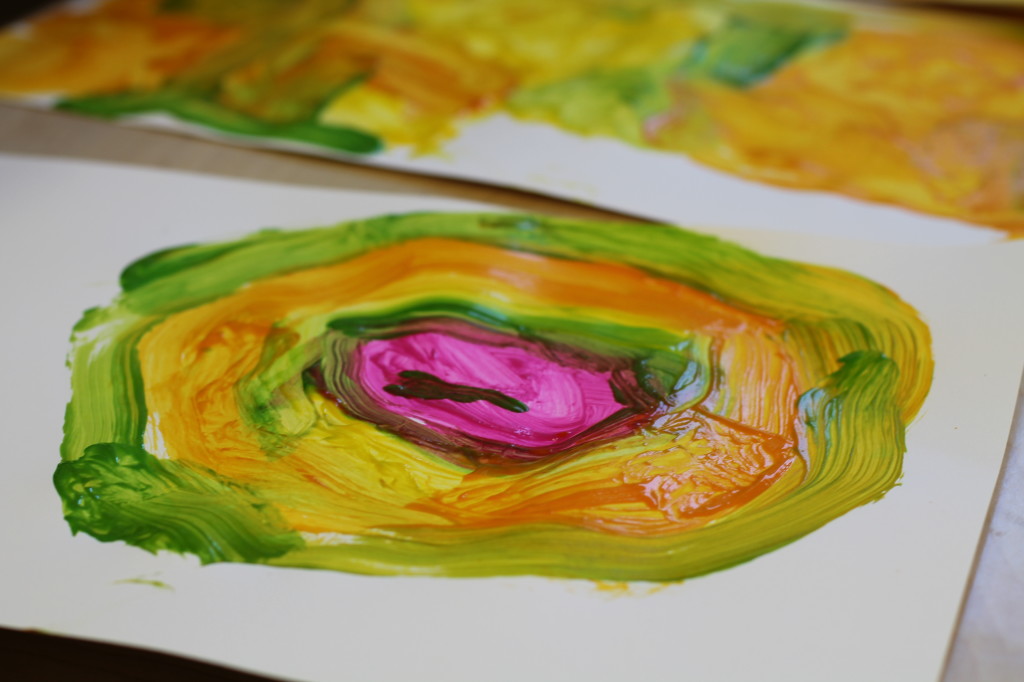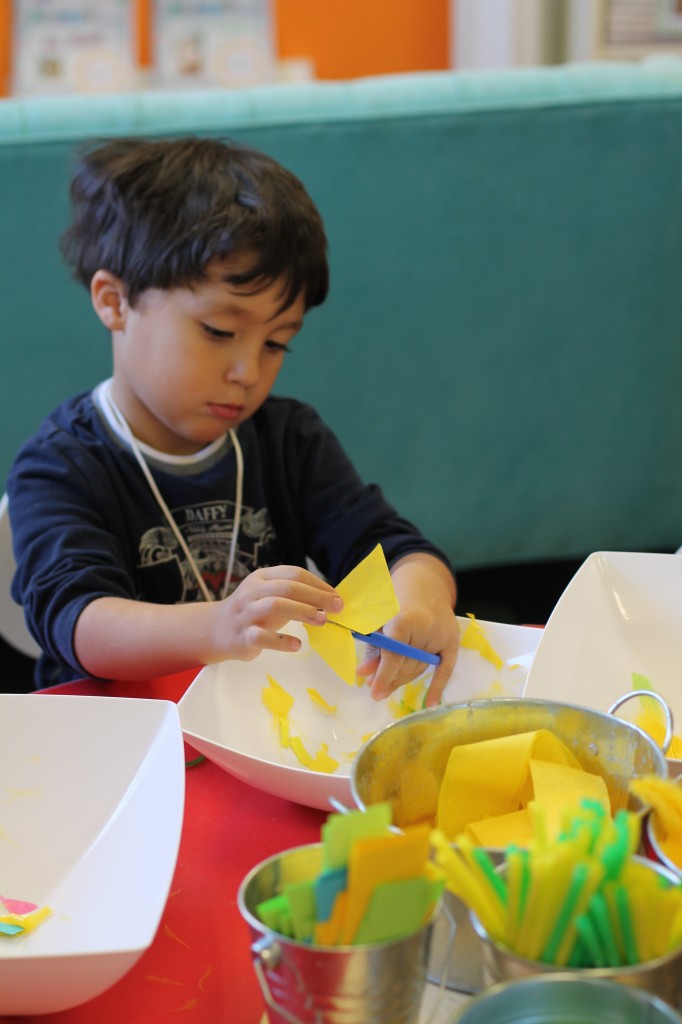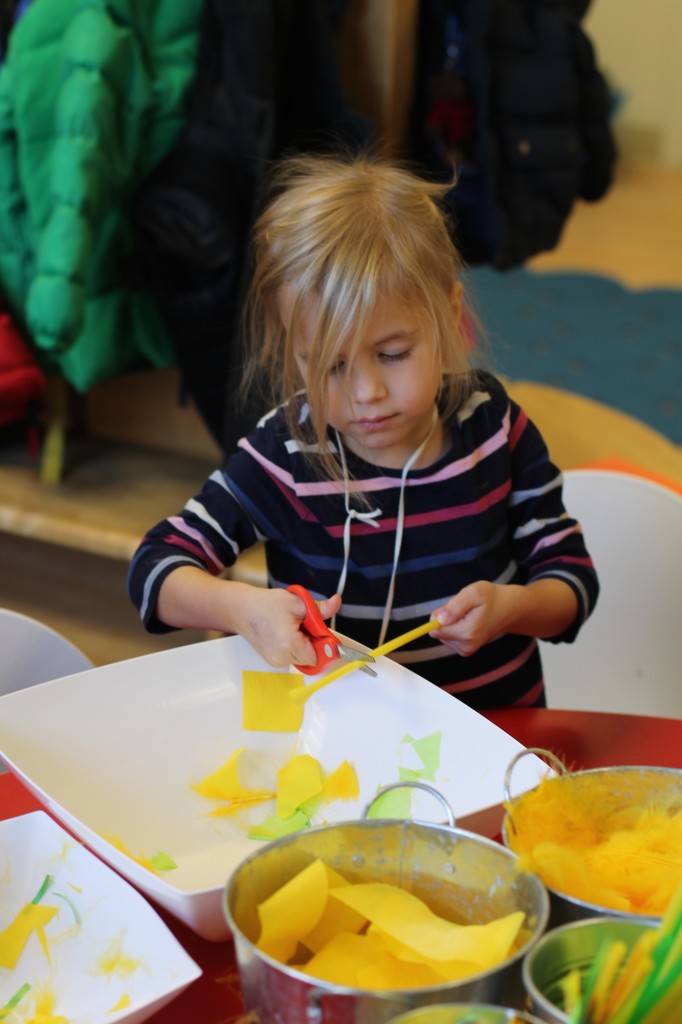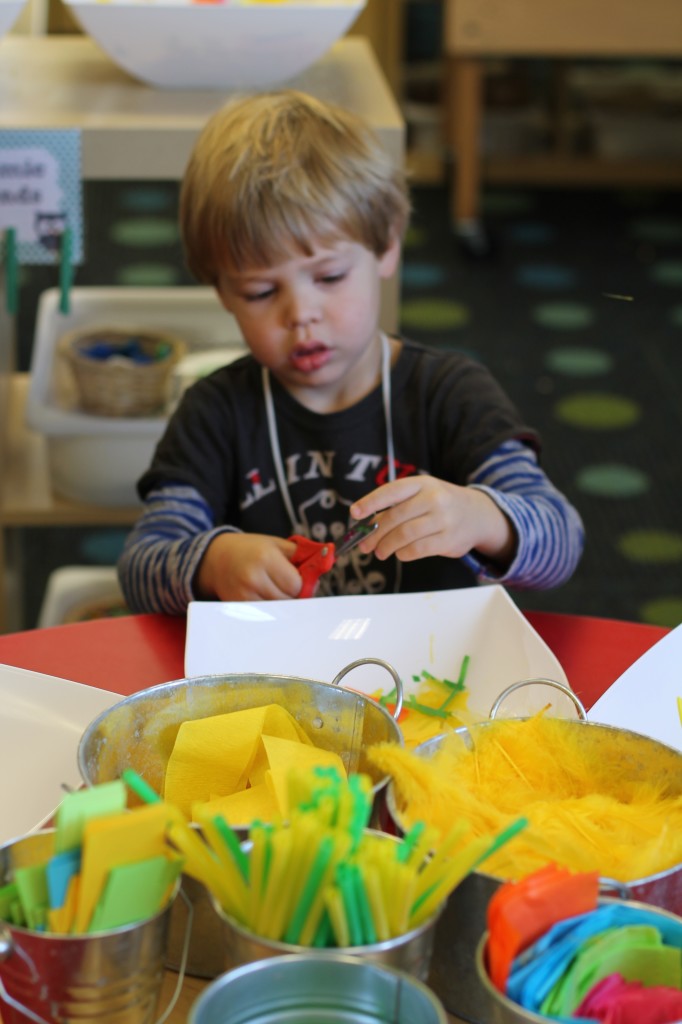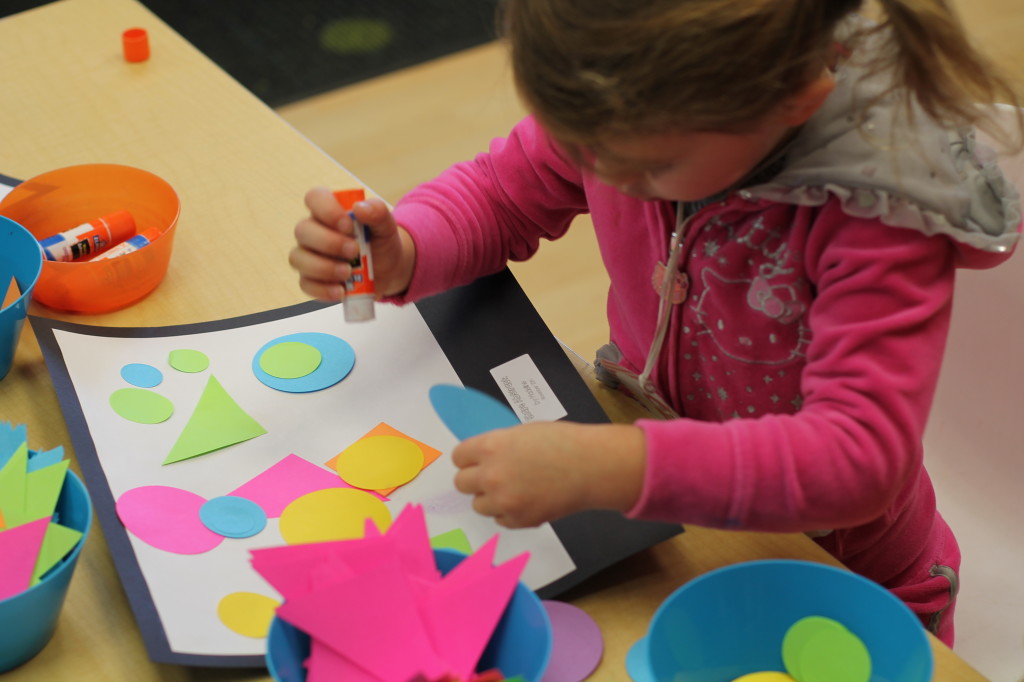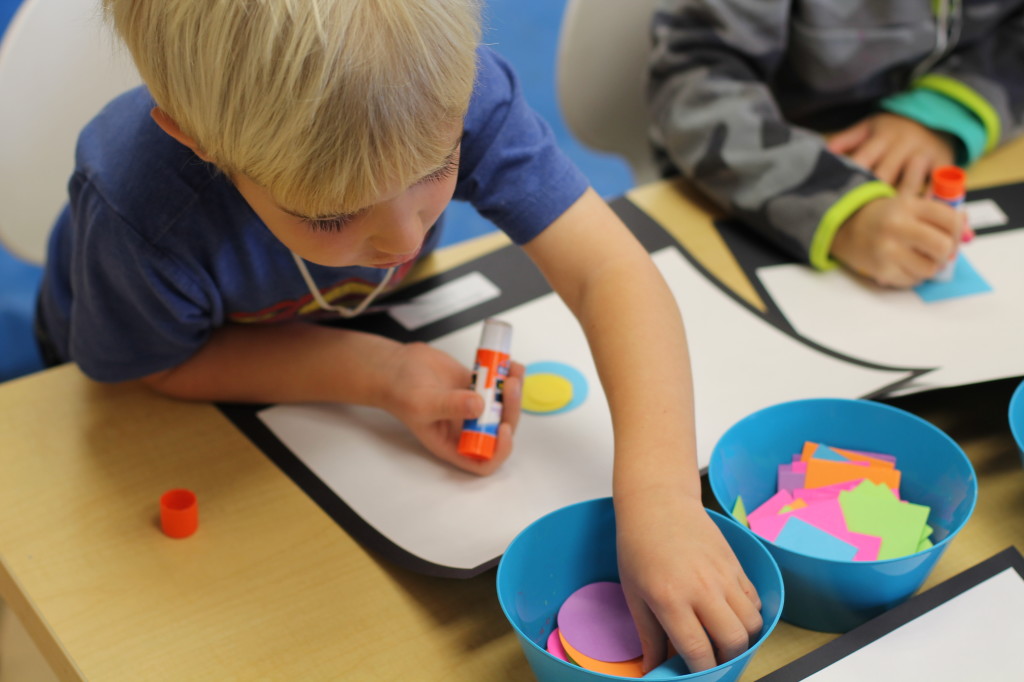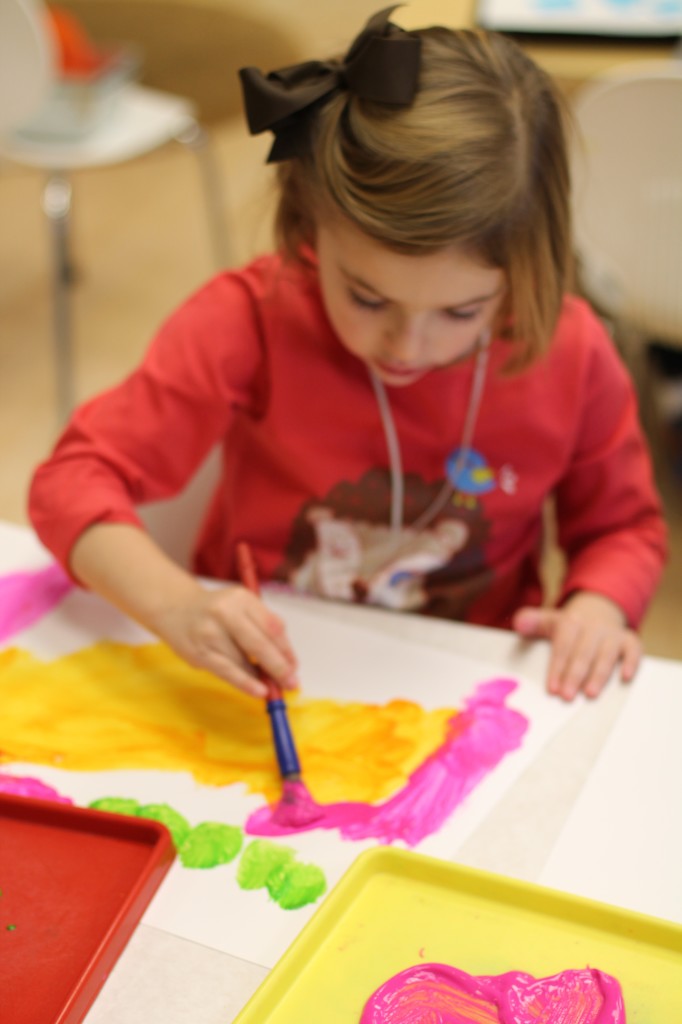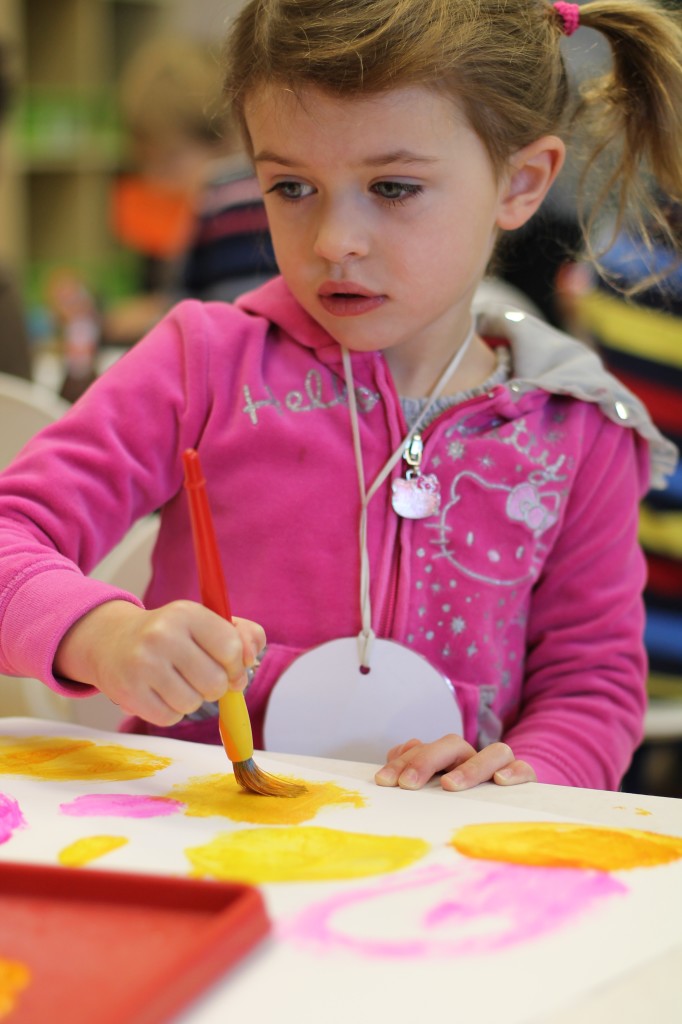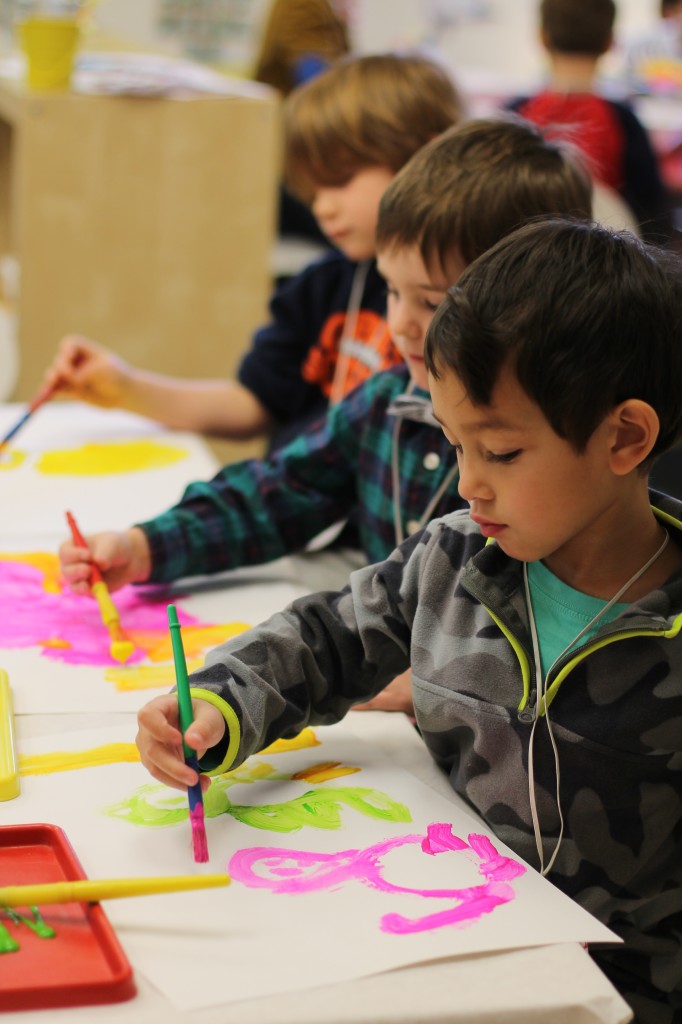I recently read a GREAT article on Social and Emotional Skills for Preschoolers and found some wonderful information I wanted to share with you. After talking with MANY preschool parents, listening and following directions is the one of the most talked about social skill we as parents and teachers are working on with our preschoolers. Many of you have asked how you can help your child at home so this is very useful information to put into practice ASAP!
When we are looking at a child’s ability to listen and follow directions we are really looking at two separate issues. The first being, developing the ability to take in auditory information, process it, and do something with it. There are lots of fun ways to work on these skills, but ultimately each child’s developmental readiness is going to guide the process. The second issue is in regards to cooperation and compliance. This, of course, is a whole different ball game. Your little one may be processing the directions you gave them just fine, but not choosing to act on them. I’m going to give you some strategies to (hopefully) increase cooperation as well!
Fun Ways to Practice Listening Skills
- Start with something simple: Talk with your child a lot. Have conversations. Interview each other. Tell jokes. Talk, talk, talk.
- Read and read and then read some more. Audio books are fun, too.
- Sing, too! Nursery rhymes, fingerplays, made-up songs, Elvis, opera…. it’s all good!
- Play Simon Says (or Mommy/Daddy Says!)
- Play I Spy or other guessing games in which you and your child take turns giving each other clues.
- When you are reading or telling a familiar story to your child, make a mistake, such as, “When Goldilocks arrived at The Three Frogs’ house, she went inside without knocking.” See if your child catches your mistake! (Don’t be surprised if they want you to do this all the time — mine do!)
- Go on a Listening Walk (and read the book
, too!)
Giving Good Directions That Your Child Can Follow
- Get down on your child’s level – eye contact is good, and it is also less intimidating to your child.
- Make sure you have your child’s full attention before giving directions. Be straight-forward: “I am going to tell you what to do now. Ready?”
- Keep your directions short and simple – preschoolers are not known for their extensive attention spans.
- Use visual cues if you can — point the direction you want him to go; touch her feet if you want her to get shoes on.
- Ask your child to repeat back the directions. My four-year-old always liked to count on his fingers while he would retell what he needed to do. Whatever works!
- Be predictable. If you always tell your child to first clear his plate, then wash his hands, he will have a better chance of remembering what to do.
- Have appropriate expectations. Don’t give your child a three-step direction if you know she is not capable of remembering three steps. Break it down step-by-step until she is ready.
- When possible, give choices instead of commands. “It’s time to clean-up. Would you like to start in your bedroom or the living room?”
- Save the lengthy reasoning and lectures, such as “You need to clean up your toys because they are all over the floor and someone is going to step on them and get hurt or break your toy.” Too many words = confused preschooler. Again, short and simple is the way to go.
- Acknowledge good direction-following! A high-five, pat on the back, or thumbs up can be just what a busy preschooler needs to keep working on this skill.
Making Directions Fun
- Scavenger hunts, treasure hunts, etc. with verbal clues.
- Draw simple pictures for everyday routines, such as getting ready in the morning. Have your child point to each picture and tell you the “story” of this routine.
- Have fun with silly, unexpected directions: “Go to the kitchen and quack like a duck!”
- Let your child have a turn being the direction-giver and you be the follower. Model good behavior!
- When you cook together, talk about the steps. “First, we pour in the flour. Then, we add the sugar. Now, we mix it all together.” Use those sequencing words (first, next, then) so your child becomes familiar with them.
I’m impressed every day at how much all of you are so invested in your child’s well being and individual success. You are wonderful parents and I am honored that you have chosen our teaching family to be a part of your child’s early education.


